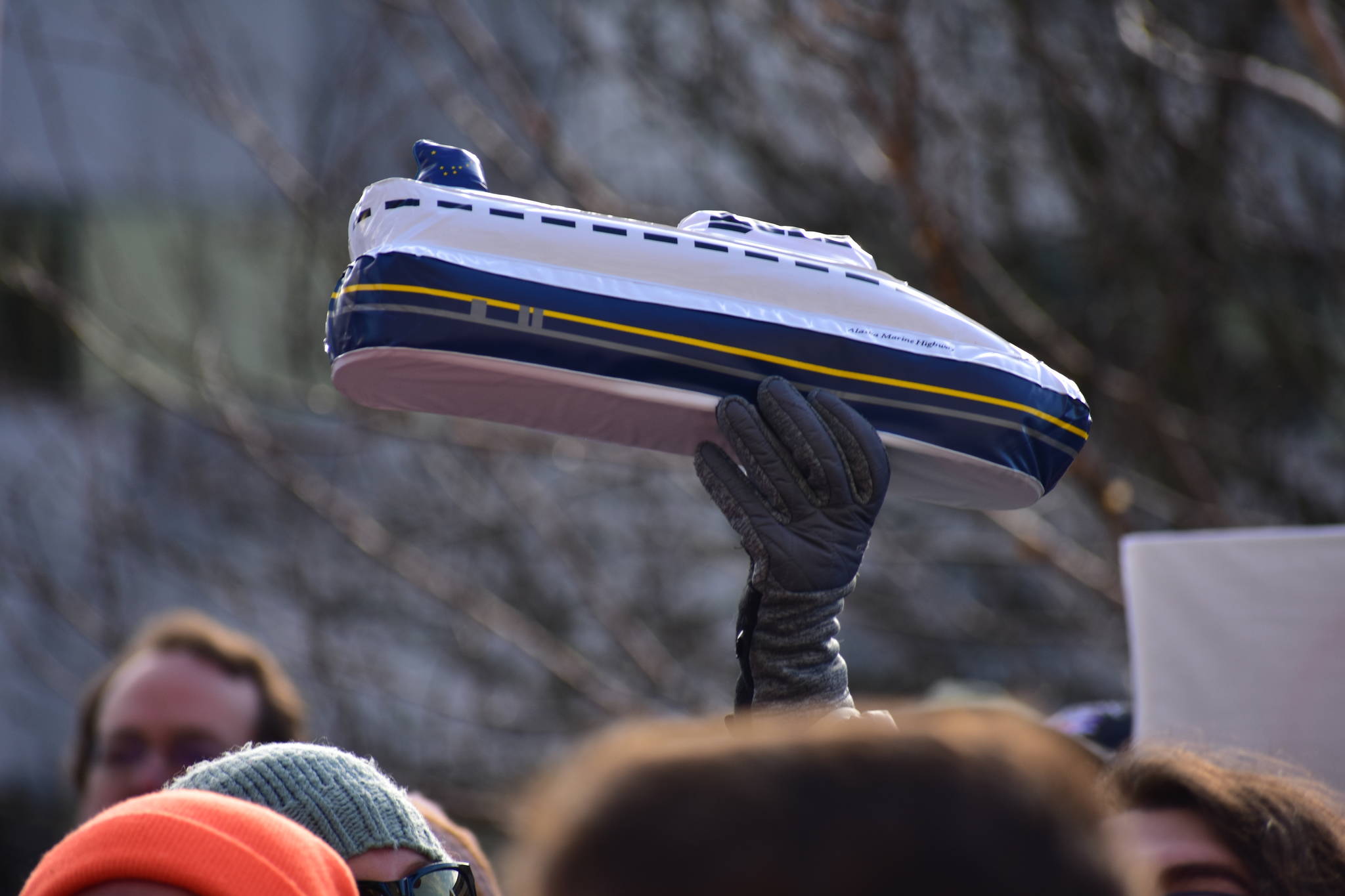By Rich Moniak
Last month, Alaska Department of Transportation and Public Facilities Commissioner John MacKinnon boasted that the sale of the Alaska’s two fast ferries, the Fairweather and Chenega, was “a significant milestone in our long-term vision to reshape the Alaska Marine Highway System.” If that vision was real and well-articulated, the state would have a shot at some of the infrastructure money President Joe Biden wants to spend on ferries.
But does Gov. Mike Dunleavy want new ferries that would require a long-term state subsidy to operate? Will our congressional delegation support the massive spending plan and its associated tax increases? Would Congress even come to our aid when four of the last five ferries we built were politically engineered lemons?
And drawing attention to that last question is the possibility Dunleavy will allow the sinking of the Malaspina rather than spend the money to keep it in service.
Before I get to that, I want to explain that I expect the Lynn Canal Highway to be discussed as a possible earmark under Biden’s plan. But even if it were built, without a few new ferries, more than a dozen other remote, coastal Alaskan communities will continue to be served by AMHS’s largely dysfunctional fleet.
The Malaspina is one of those. It’s a victim of Dunleavy’s budget austerity. Built in 1965, it needs an $18 million overhaul that includes significant steel repairs. Which is why it’s been idle for two years.
The Taku, built a year earlier, only fetched $171,000 when it was sold for scrap in 2018. So selling the Malaspina isn’t an attractive option. But it’s still better than the alternative revealed last week by Deputy Commissioner Rob Carpenter. The department is considering spending up to a million dollars to turn it into an artificial underwater reef.
The Tustumena is two years older than the Malaspina and currently undergoing an overhaul. But if that wasn’t federally funded, would it also be a candidate for sinking?
Can the Matanuska be far behind? It’s also older than the Malaspina. A $47 million overhaul was completed in 2019. But mechanical problems kept it out of service for two months last winter. And it broke down twice last month.
As old as those three ferries are, at least they served the state long and well. Not so on the other side of the age spectrum.
The system’s newest ships, the Tazlina and Hubbard, were supposed to be day boats sailing between Juneau, Haines and Skagway. But the Parnell administration mischievously designed them to be shuttles from the two upper Lynn Canal communities to a ferry terminal at Katzehin that existed only on paper at the north end of the Lynn Canal Highway dream.
Both ships required multimillion side door retrofits because the new terminal in Haines – also part of the highway project – was never built. And they lack crew quarters needed to make the round trip run from Juneau to Haines and Skagway.
Until they were sold, the Fairweather and Chenega were the next youngest ships in the fleet. The Knowles administration ordered them despite warnings from AMHS engineers that the same design concept in British Columbia had proven too inefficient to operate. They each cost $36 million to build, were in service for only 15 years, and were sold together for a measly $5 million.
Alaska’s middle-aged ferries include the Columbia, Aurora, and LeConte. They were built in the 1970s and have been undergoing maintenance and repairs in the Ketchikan Shipyard all winter. A well-run government would have a vision of replacing all three within ten years.
All told, under Dunleavy Alaska’s 12-ferry fleet has been reduced to two reliable 20-year-old ships. And the Lituya isn’t suited for any route other than the one-hour trip between Ketchikan and Metlakatla. It’s embarrassing to even call it a marine highway ‘system.’
For more than 50 years, our governors were proud to talk about the state’s commitment to the Alaska Marine Highway. If they were in office today, they’d point to the 2014 study that showed the economic activity it generated is more than double what the state spent and make sure the system was well funded.
Which is exactly what Dunleavy should be doing now to show that Alaska deserves to have a few new ferries included in Biden’s infrastructure plan.
• Rich Moniak is a Juneau resident and retired civil engineer with more than 25 years of experience working in the public sector. Columns, My Turns and Letters to the Editor represent the view of the author, not the view of the Juneau Empire. Have something to say? Here’s how to submit a My Turn or letter.

